Features of sanitary flax and its use

Among all the variety of sealing materials, sanitary flax is recognized as one of the most practical and demanded. Among its main advantages are durability, ease of use and affordable cost.
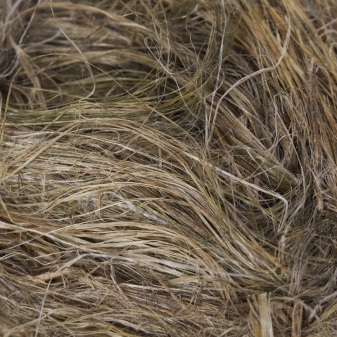
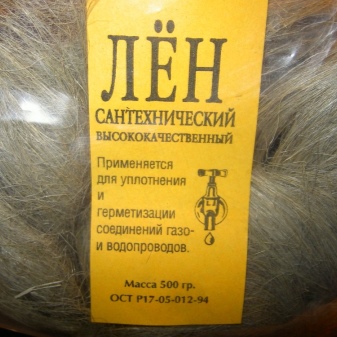
Description and purpose
Sanitary flax is better known as tow. Twisted fibers made from flax stems. It is used to seal pipe fittings. Depending on the raw materials used, the color of the tow can vary from pale gray to brown.
The material is characterized by softness, high flexibility and the presence of foreign impurities.
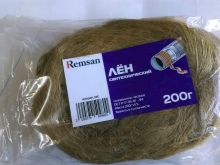
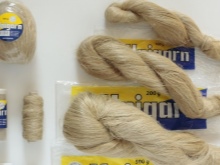
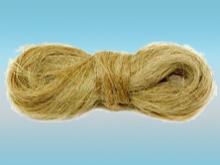
There are a number of main advantages of sanitary flax.
-
Low cost. Oakum is cheaper than any other reel.
-
The property increases when interacting with water. If, after rewinding the elements, a leak occurs, the fibers of the tow swell, increase in size and block the leak.
-
Mechanical stability. Oakum allows you to orient the sanitary fittings as much as possible. If necessary, you can always perform a reverse half-turn or a turn without losing the quality of fixation.
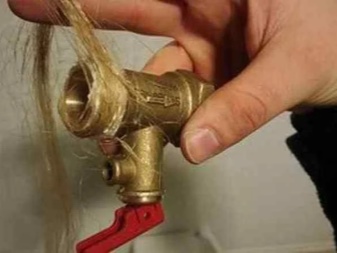
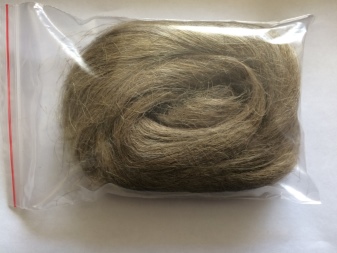
However, tow has its drawbacks.
- The need to apply protective materials. Flax has an organic nature, therefore, under the influence of moisture and air, its fibers begin to rot. During a professional examination or repair, air can enter the voids of the water supply system. The use of impregnations and pastes is intended to prevent the course of putrefactive processes.
- The use of flax requires preliminary preparation of the thread. Some manufacturers of fittings form threads already prepared for subsequent winding; in such products, the threads have small notches. But if they are not there, then you need to apply them yourself. It is important that the fibers do not slide down during operation and do not get bunched up.
- The use of flax in brass and bronze pipes requires special care. An excessively thick layer of winding leads to cracks and breakage of plumbing.
- Tow is the only compactor that is picky about the exact adherence to the winding technique.
- Among the disadvantages of the product is the fact that some impregnations make it difficult to dismantle threaded connections if it is necessary to replace individual elements. For example, paint and silicone stick together individual areas of attachment so tightly that dismantling them can be difficult, and sometimes even impossible. Similar problems can arise when separating parts made of steel, if the flax fibers were wound up incorrectly or without the use of accompanying materials - as a result of rotting, rust appears in the mount.

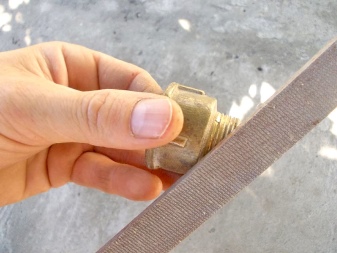
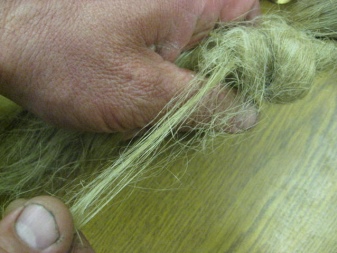
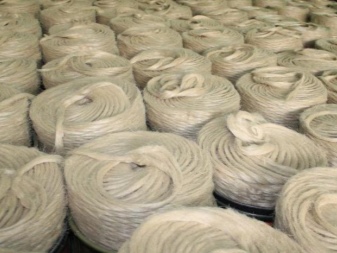
Species overview
There are several varieties of tow seals in stores, each of which has its own advantages and disadvantages.
Oakum on drying oil with red lead
In accordance with the current SNiPs, this particular category of sanitary flax is the most practical solution when working with threaded seals. This technology was developed over 50 years ago. Before use, flax is specially treated with lead red lead based on linseed oil to prevent the appearance of corrosion.Nevertheless, as practice shows, fibers cannot fully protect the surface from rust.
Therefore, every 3-5 years the winding will have to be changed, and its technical condition should be checked at least once a year. That is why the material is used mainly for winding pipes in it in areas with free access.
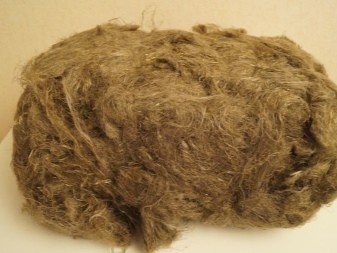
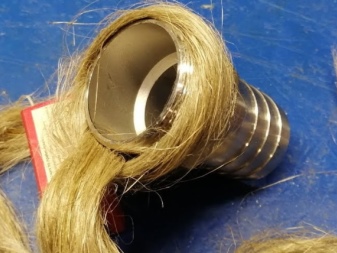
Pros:
-
creation of effective protection against corrosion for a long time;
-
when properly wound, the connection is practical and durable.
Minuses:
-
it is not so easy to find red lead and natural drying oil on the market, therefore unscrupulous manufacturers sometimes replace it with paint - this significantly reduces the quality of the entire compound;
-
working with such seals requires skill, beginners will not be able to perform sealing according to all the rules;
-
you should not use this type of fiber for piping in the heating system - in winter they swell very quickly, and in summer, on the contrary, dry out.
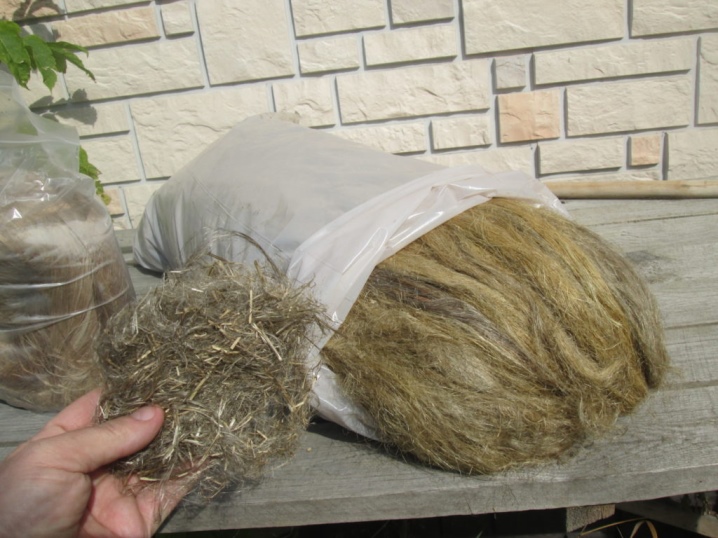
Tow with paint / tow without impregnation
Linen roll without treatment or treated with plain paint can be used exclusively as a temporary seal. For a short period of time, it will be a good alternative to labor-intensive technologies.
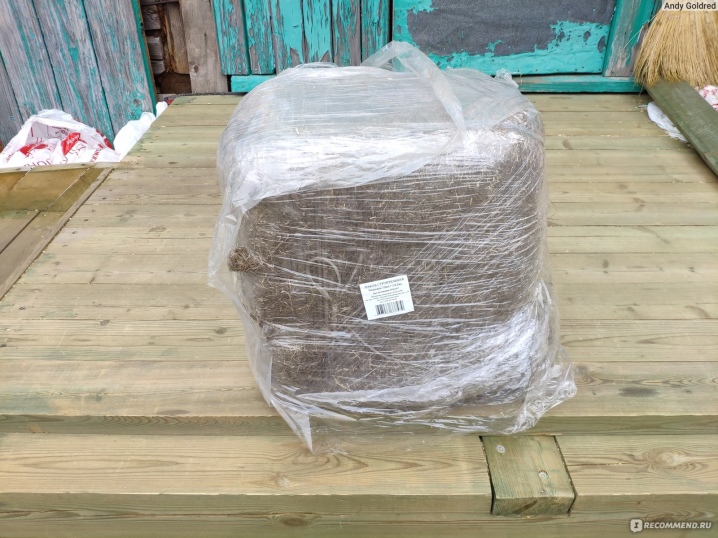
Pros:
-
due to the property of flax to swell under the influence of water, which is especially important when working with plumbing, tow with ordinary paint will solve the problem of sealing the thread, regardless of how well the winding was done;
-
under low pressure, the tow will allow the seal to maintain its tightness for some time.
Minuses:
-
short service life;
-
the appearance of rust even on galvanized and stainless metal surfaces;
-
risk of breaking fine threads and brittle fittings due to the pressure of the swelling fibers.

Impregnated tow / sealant
Of all the types of plumbing impregnation, this is the most in demand on the market. Its advantages are obvious:
-
effectively protects against rust;
-
easy to assemble and quickly dismantled;
-
provides strength of fixation;
-
is economically spent.
However, the reliability and durability of such a material is a merit of the impregnation; flax itself does not play any role.
Therefore, when choosing, you need to pay attention to the sealant - it is important that it is neutral with respect to the material from which the pipes are made.

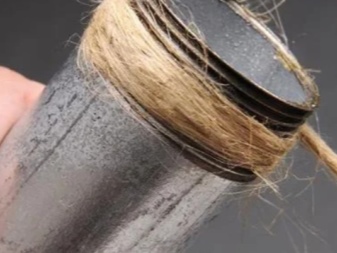
Popular products
Of the imported seals, the most widespread is sanitary flax of the Unipak brand (Denmark). It is sold together with special sealing pastes, it is used for the installation of water and gas supply pipes and heating modules. It is a combed natural product made from homogeneous long-staple flax. It can be used at temperatures up to 120 degrees. Sold in bays of 100, 200 and 500 gr.
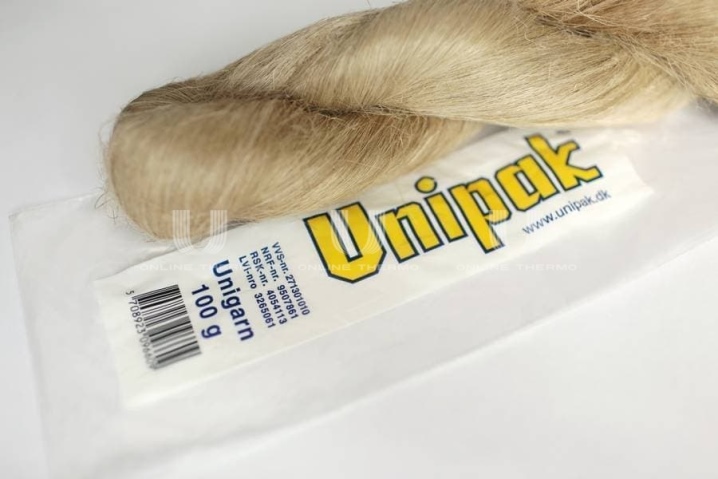
Of the Russian factories, the best sealant is offered by the "Super" company. This is a refined tow made from high quality flax fiber. The working temperature is within 120-160 degrees. It has an optimal price-quality ratio, therefore it is in constant demand in our country. Sold in the form of threads in a 40 m bobbin.
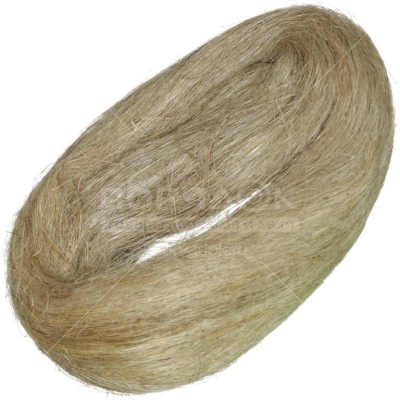
Comparison with other materials
Linen sealant is often compared to FUM tape. It should be noted that neither one nor the other plumbing fiber has particular advantages when installing a cold water pipe made of steel.
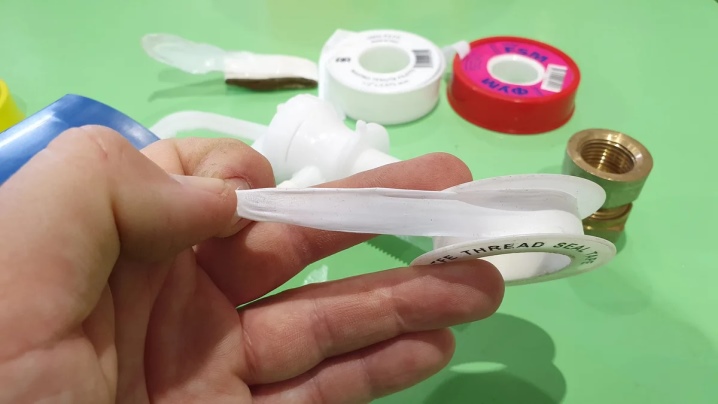
When working with metal-plastic or plastic pipes, it is better to give preference to FUM-tape. Its plus is due to the high speed of work. Non-metallic pipelines are installed much faster than steel ones, and the rewinding of flax is a difficult and time-consuming task. Therefore, it is unprofitable to reduce the installation speed of the entire system just because of the seal. In addition, the thread of the fittings is quite neat, it is much easier to rewind the FUM tape with it.Nevertheless, when fixing fittings with a thickness of more than 20 mm, the tape is much inferior in the degree of sealing.
In these cases, it is advisable to use tow.
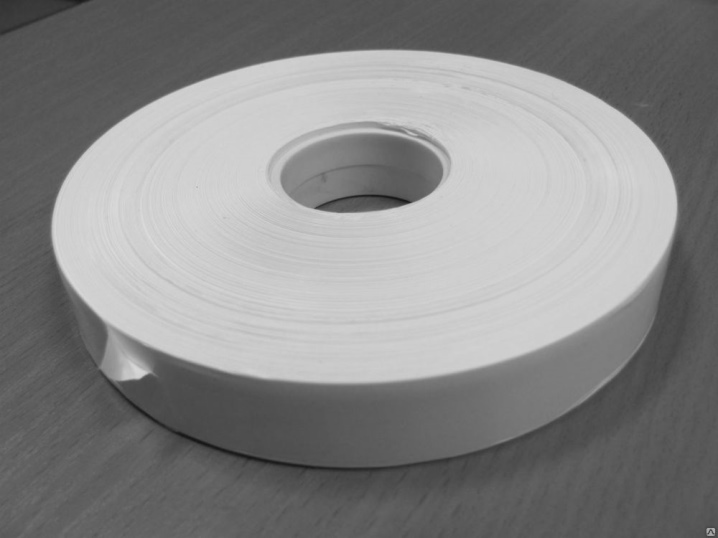
Installation of a pipeline for supplying hot water, as well as a heating system, dictates its own rules. Heated water flows in the pipes, therefore, the fibers must not only give a tight connection, but also effectively withstand the effects of high temperature. FUM-tape does not have the necessary set of characteristics - when fixed, it begins to split into separate fibers, as a result, clogs the resulting voids of the fastener and clogs the fluid passages.
Under the influence of elevated temperatures, the fibers begin to shrink, resulting in leakage. Flax, unlike tape, is more resistant to temperature.

If we talk about the price, then flax is cheaper. Even taking into account the consumption of impregnations, the FUM tape is more expensive. Of course, the difference is small, but on large objects it can be noticeable. On the other hand, the use of tape reduces the overall time of the piping. There are situations when a combination of flax and FUM tape becomes the most practical seal, when linen fibers of flax are shifted with separate turns of tape. The decision to use such a technique is made by plumbers, taking into account the parameters of the operation and installation of pipeline systems.
And finally winding of flax fiber requires a certain practice of work, FUM-tape is undemanding to this process.
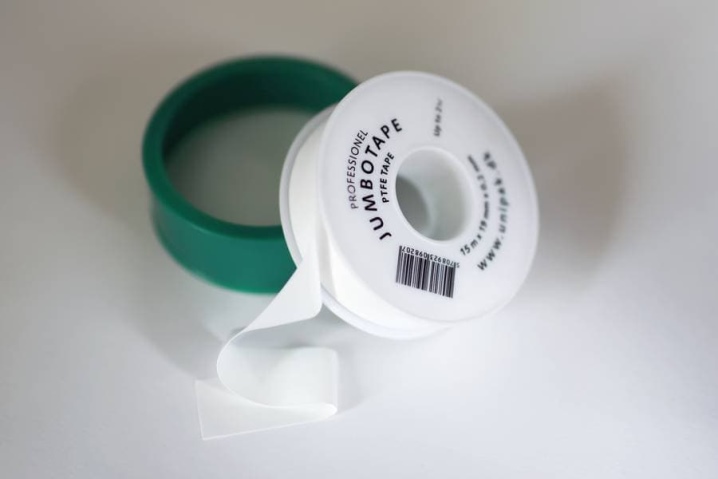
Nuances of choice
Finding a reel for sealing plumbing connections is not easy, and it must be done deliberately. GOST 10330-76 regulates the process of manufacturing, processing and sorting long fibers used as winding. Depending on the quality, all products are marked with numbers from 8 to 24. The higher the number, the less impurities in the fibers, and vice versa. And also the numerical designations characterize the parameters of flexibility, which is less important when using tow.
The permissible moisture content of the product should not exceed 12%.
Foul-smelling fibers should not be used. Good linen should be sold in a loose coil or pigtail, tow should look clean.

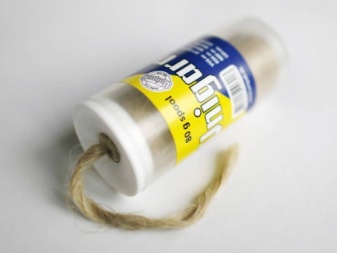
How to use?
Before you start winding, you should carefully prepare the thread. On an even and cleaned thread during fixation, flax can slip, in such a case, there is no question of high-quality sealing. The threads should have small notches for the tow fibers to cling to to allow the material to lock in place.
You can apply these notches with a file or a file, as an option - you can try to forcefully press on the thread with pliers, their ribbed surface itself will leave the notches in the right place.
After that, you need to take a pigtail of tow and separate a lock of fibers. It must be selected in volume so that the eyeliner is not too thick, but not thin either. There should be no noticeable lumps in the lock, they should be removed before starting work. Some craftsmen prefer to twist strands of long fibers before winding, others braid thin pigtails, and someone does the winding as it is, leaving the fibers loose. The technique is not of particular fundamental importance and does not affect the result - each plumber acts in the way that is easier and more convenient for him.
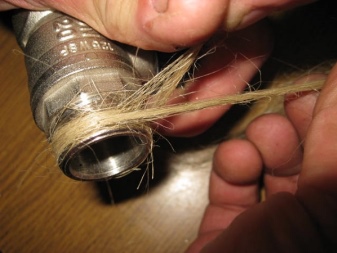

With pasta
There are two winding options. You can smear a suitable companion material on the threaded joint, then wind dry threads, and then lubricate again. And you can wind the strands already treated with sealant. In terms of effectiveness, there is no difference between these techniques, the effect will, in any case, be the same.
It is best to take silicone-based universal sealants or special sealing pastes as a working substance.

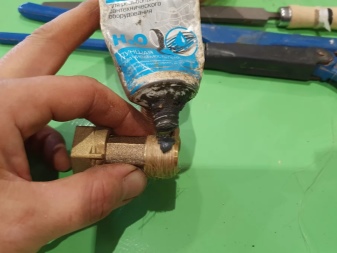
No paste
The option of using without paste is considered only as a temporary solution, since it does not allow the tow to fully reveal all its properties.
In any case, the instructions for winding the threads will be the same. Lead the fibers in the direction of the thread. In this case, one edge of the strand is firmly clamped with fingers beyond the boundaries of the thread and one turn is made with a lock - that is, applied with a cross. Further, the strand is wound coil to coil, necessarily without gaps. Upon completion of the winding, the end of the strand is fixed as close as possible to the edge of the threaded connection.














The comment was sent successfully.